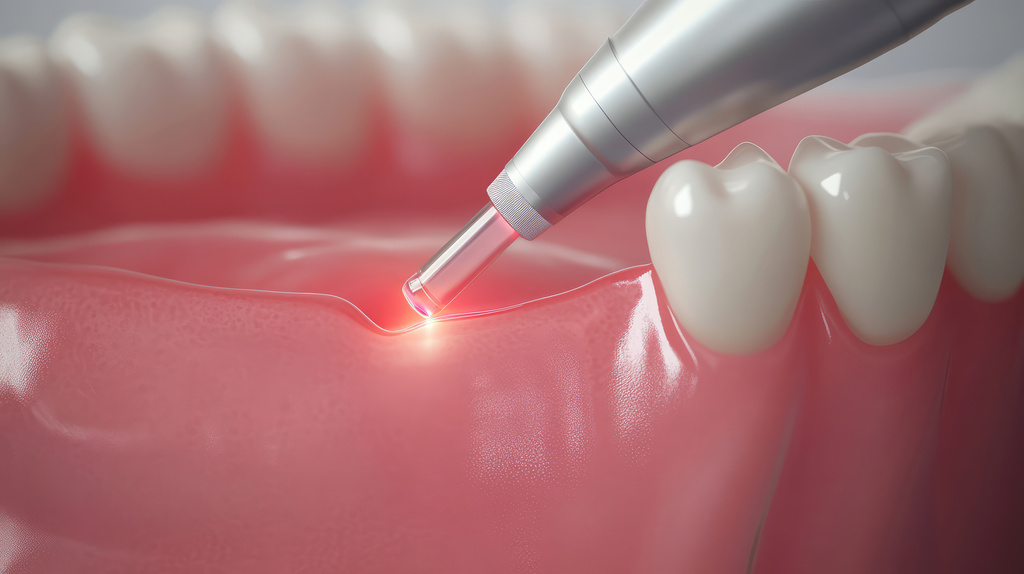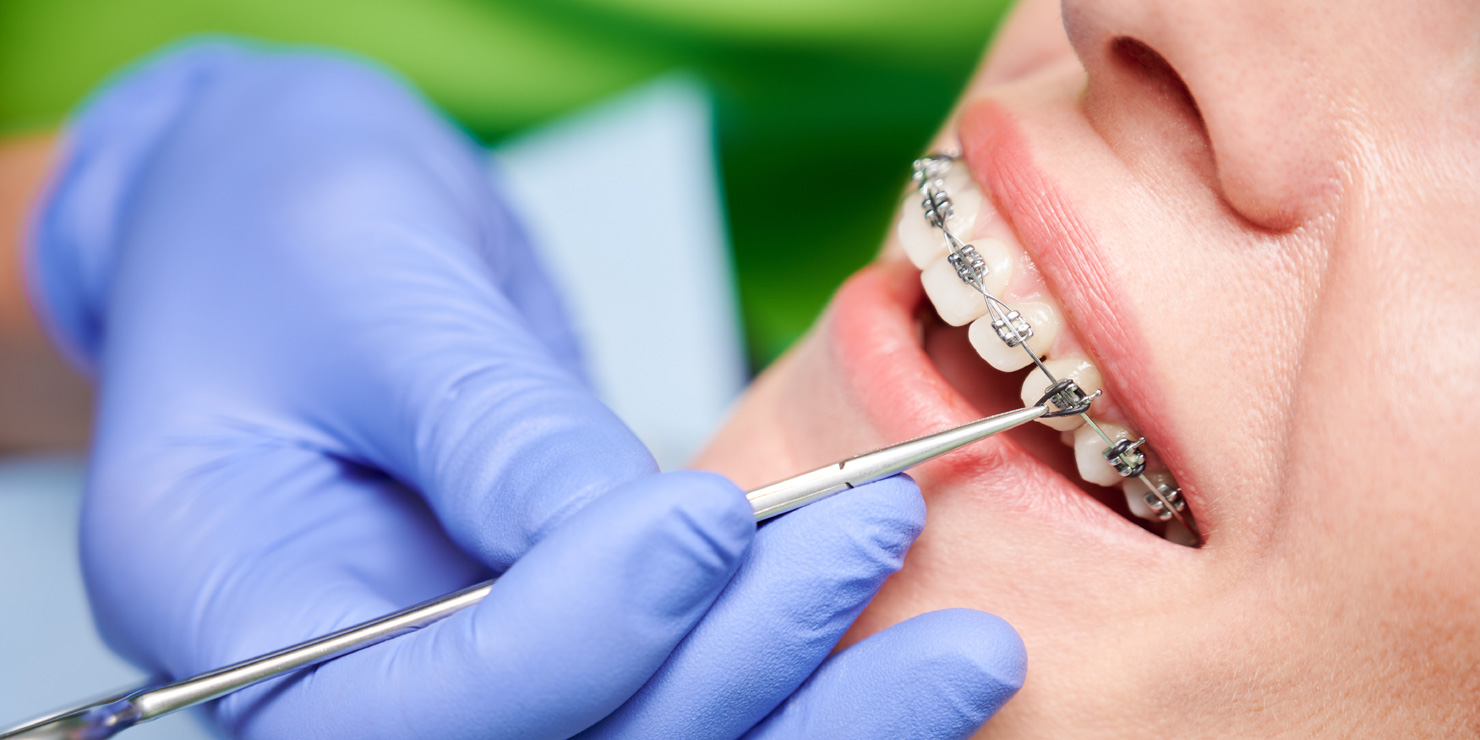Receding gums affect millions of people worldwide, causing concern about both oral health and the appearance of their smile. Many patients notice their teeth appearing longer, increased sensitivity, or exposed tooth roots and wonder if their gums can naturally regenerate. Understanding the nature of gum recession and available treatment options can help you make informed decisions about protecting your oral health and maintaining a healthy smile.
At Park Smiles NYC, our skilled team led by Dr. Krystle Kendall, D.M.D., provides comprehensive gum disease treatment and periodontal care to help restore and maintain healthy gums. We understand the concerns surrounding gum recession and offer personalized treatment plans designed to address the underlying causes while protecting your long-term oral health.
Understanding Gum Recession
Gum recession occurs when the gum tissue surrounding your teeth pulls back or wears away, exposing more of the tooth structure or tooth root. This process typically happens gradually over time, making it easy to overlook in its early stages. Several factors contribute to gum recession, including aggressive brushing, periodontal disease, genetics, hormonal changes, and certain lifestyle habits like tobacco use.
Unfortunately, once gum tissue has receded, it cannot naturally regenerate or grow back on its own. The specialized cells and structures that create healthy gum tissue do not have the ability to rebuild themselves once they’ve been damaged or lost. This makes prevention and early intervention crucial for maintaining healthy gums throughout your life.
Signs of Gum Recession
Recognizing the early signs of gum recession allows for prompt treatment and can prevent further progression. Common symptoms include increased tooth sensitivity, especially to hot or cold temperatures, teeth appearing longer than before, and visible tooth roots. You may also notice changes in your bite or gaps developing between your teeth and gums where food particles can become trapped.
Pain or discomfort when brushing or flossing may indicate gum recession, as exposed tooth roots are more sensitive than the protected crown portion of your teeth. Some patients also experience aesthetic concerns as recession can make teeth appear uneven or create an aged appearance to their smile.
Causes of Gum Recession
Periodontal disease represents the most common cause of gum recession, with bacterial infections destroying the tissues and bone supporting your teeth. Poor oral hygiene allows plaque and tartar buildup, leading to inflammation and eventual tissue loss. However, even patients with excellent oral hygiene can experience recession due to other factors.
Aggressive brushing with hard-bristled toothbrushes can gradually wear away delicate gum tissue over time. Using excessive force or improper brushing technique damages the gums and can accelerate recession. Genetic predisposition also plays a significant role, as some people naturally have thinner or more fragile gum tissue that’s more susceptible to recession.
Additional Risk Factors
Hormonal changes during pregnancy, menopause, or puberty can make gums more vulnerable to recession and periodontal disease. Tobacco use significantly increases the risk of gum disease and recession by reducing blood flow to the gums and interfering with healing processes. Teeth grinding or clenching, misaligned teeth, and certain oral piercings can also contribute to gum recession.
Age is another factor, as gum recession becomes more common with advancing years due to cumulative effects of various risk factors over time. Medical conditions like diabetes and certain medications can also affect gum health and increase recession risk.
Treatment Options for Receding Gums
While gums cannot grow back naturally, several treatment options can help restore gum coverage and prevent further recession. Scaling and root planing, also known as deep cleaning, removes plaque and tartar from below the gum line and smooths tooth roots to promote healing. This non-surgical treatment can help halt the progression of gum disease and may allow some natural improvement in mild cases.
Gum grafting procedures represent the most effective way to restore gum coverage over exposed tooth roots. During these procedures, tissue from another area of your mouth or a donor source is used to cover the exposed root surfaces. Different types of grafts are available depending on your specific needs and the extent of recession.
Regenerative Procedures
Advanced periodontal treatments can help regenerate lost gum tissue and supporting bone structures. These procedures use special materials and techniques to encourage the growth of new healthy tissue, effectively reversing some of the damage caused by periodontal disease. Guided tissue regeneration and bone grafting may be recommended for more severe cases.
Minimally invasive techniques like the pinhole surgical technique can reposition existing gum tissue to cover exposed roots without the need for traditional grafting. These newer approaches often result in less discomfort and faster healing times while achieving excellent results.
Protect Your Gum Health Today
While receded gums cannot grow back naturally, effective treatments are available to restore gum coverage and prevent further recession. Early intervention and proper ongoing care can help maintain healthy gums and protect your smile for years to come.
Our mission at Park Smiles NYC is to treat each and every patient with an unsurpassed commitment to comfort, compassion and excellence. Dr. Krystle Kendall, D.M.D., and our experienced team are dedicated to offering comprehensive periodontal care and gum disease treatment in our convenient Manhattan location. Contact us today at (212) 988-6724 or schedule your consultation online to learn how we can help protect and restore your gum health through personalized treatment and preventive care.




